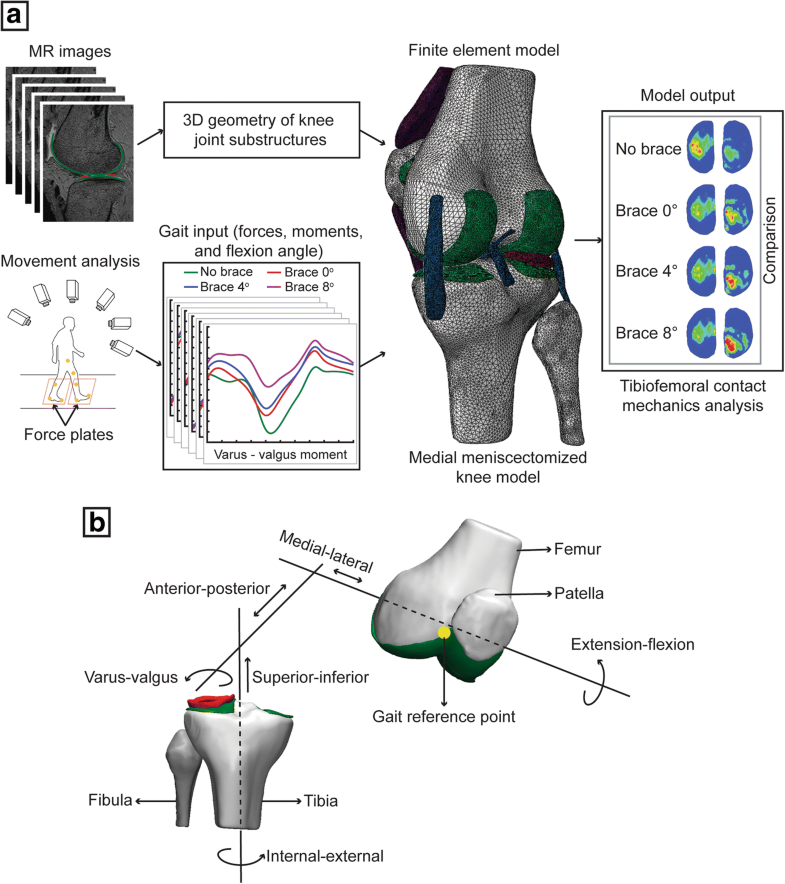

The medial collateral ligament or MCL is on the inside of the knee. There are four ligaments in the knee joint: Ligaments are crucial to maintaining stability and support as the knee moves and bends. It’s easy to remember how ligaments work if you picture them as strong rubber bands that help to hold the bones together and limit motion in any direction.

A diagram showing knee cartilage and meniscus Ligaments in the Knee Joint Pain does occur in the knee when cartilage begins to break down, because lack of cartilage causes the nerve endings in the bone to become exposed. This means that it is not easy for damaged cartilage to heal.Ĭartilage also has no nerve endings, which means there is no pain in the cartilage, but that’s also deceptive. There is poor blood supply in cartilage because there are no blood vessels to carry nutrients into the tissue. Too little fluid can lead to friction between the bones, and too much can stretch out the joint. Our knees are filled with fluid that helps to keep the cartilage smooth and slippery. That makes a big difference, because cartilage needs to stay lubricated. Joint or articular cartilage covers the bones of the knee, making movement smooth and friction free.Ĭartilage is about 80% water when we are young, and over time can lose water content to drop to about 70%. Meniscus cartilage is like a shock absorber, cushioning the joint when walking to running. Meniscus cartilage is what makes up the crescent-shaped disks on the inside (medial meniscus) and outside (lateral meniscus) of the knee between the femur and tibia. There are two types of cartilage in the knee joint: That makes cartilage crucial to keeping the knees pain-free when you run, walk, bend and squat. Places in the body where bones meet are covered in articular cartilage, which keeps the bones from rubbing together and creating friction. The ends of the knees joints are covered with cartilage, the spongy tissue that also makes up body parts like the ears and nose. The patellofemoral or behind-the-kneecap compartmentĪ diagram showing the medial, lateral and patellofemoral compartments of the knee joint Cartilage in the Knees.These areas are known as compartments, and they include: The ends of the bones, or spots where the bones in the knee joint move against each other, are the most likely to suffer damage such as arthritis. A diagram showing the bones in and around the knee joint Knee Joint Compartments These joints help the knees hinge back and forth and move side to side. The patellofemoral joint is where the femur and the kneecap meet and move together, and the tibiofemoral joint is the point joins the tibia and the femur. There are actually two joints in the knee. The patella moves on the front part of the femur when the leg bends. The patella or kneecap sits in between, protecting the knee joint. It is partnered with the fibula, which runs along the outside of the leg. The tibia or shinbone sits directly below the knee joint down to the ankle. The femur or thigh bone sits directly above the knee. There are several bones that meet at the knee joint: While the song lacks detail, it does a good job of demonstrating how our bones work together in a system. “The knee bone’s connected to the thighbone.” It’s an easy lyric to remember from the “Dem Bones” song many of us sang as kids. Here is a simple overview of knee anatomy. Taking time to learn about how the knee joint functions may help you better care for your own knees and maintain knee health. Over time, wear and tear, bangs and sprains, heavy lifting or even one false move can result in damage to the knee joint that leads to knee pain and problems. Every aspect of its design-the bones, cartilage, ligaments and tendons-must work together to function properly. A simple overview of knee anatomy and the knee jointĬomplex in structure and but simple in function, the knee joint is a masterpiece of anatomy.


 0 kommentar(er)
0 kommentar(er)
